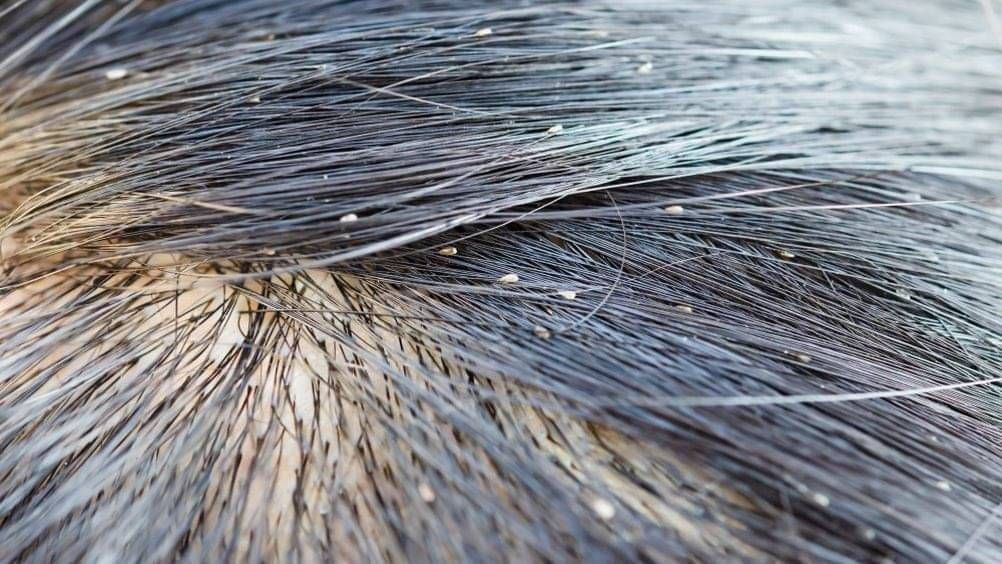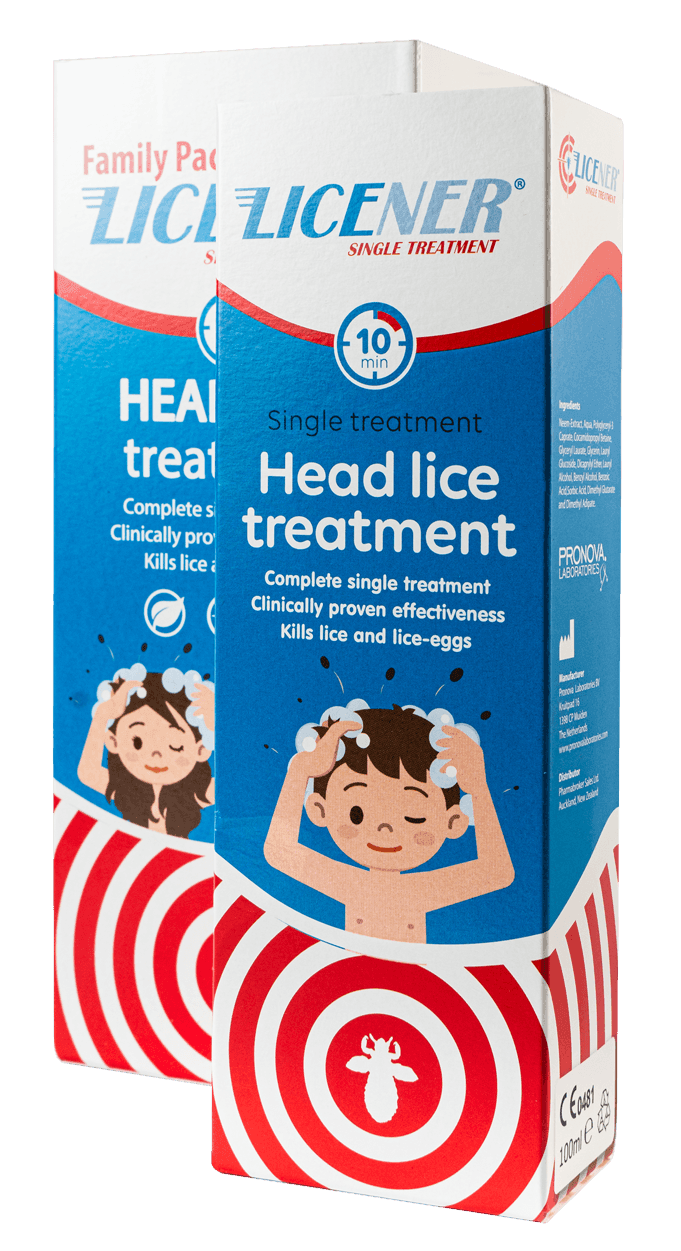Head lice
What are head lice? (also called Kutis, Kutu bugs, Cooties, Nits)
Head lice are small insects, about 2–3 mm long. They live on the scalp (the skin on a person’s head where the hair grows from). Head lice lay their eggs (nits) on strands of hair. Anyone can get head lice – it doesn’t matter how clean or dirty a person’s hair is.
Head lice spread by crawling from one person’s hair to another’s – usually between people who are in close contact, such as family or school classmates.
Head lice:
cannot jump, fly or swim
do not carry disease
stay on the scalp after swimming or bathing/showering.
What do head lice look like? Insects Head lice can be white, brown or dark grey. They are usually in the hair at the back of the neck or behind the ears.
Eggs (nits)
Female head lice lay about 7–10 eggs each night. The eggs are small and hard (like a grain of salt) and are normally pale grey in colour. Eggs are laid close to the scalp and are firmly glued to strands of hair.
After hatching, the empty egg cases are white. Eggs hatch in 9 days, and head lice live for 40 days.

Checking for head lice
In school-age children check for head lice often, at least once a week.
Scratching, scratch marks or a rash can be a sign that your child has head lice. But not all children complain of itchy heads.
At least once a week, check the scalp for head lice insects and eggs, especially:
around the hairline at the back of the neck
behind the ears • on the crown (top of the head).
If you find head lice or eggs, you will need to treat them.
Treating head lice
Chemical treatments or wet combing are the usual ways to treat head lice. Talk to your pharmacist, doctor or nurse for advice.
Ordinary shampoo or soap will not kill head lice. Do not use fly spray, kerosene or animal treatments, as these may harm children.
Chemical treatments (e.g. Licener)
Chemical treatments use a special shampoo or lotion (containing insecticide) that kills the head lice and the eggs. Follow the instructions that are supplied with the chemical treatments.
Always do a second treatment 7–10 days after the First. This is to kill any head lice that may have hatched after the First treatment.
Wet combing
Wet the hair and scalp with conditioner (this makes it easier to see the head lice).
Use a fine-toothed comb to check for head lice and eggs and to comb them out. It’s best to use a fine metal comb, or a special head lice comb you can get from a pharmacy. (e.g. Parasidose Comb)
Comb the full length of the hair, from the scalp to the ends. Work your way around the head so that you have combed all of the hair.
If you see any head lice or eggs, clean the comb by wiping it on a tissue or a paper towel, or rinse the comb before you use it again.
After you have combed all of the hair, rinse out the conditioner.
If you find lice or eggs, repeat these steps every day if you can manage it, but at least every 2 to 3 days. You can stop when you find no lice or eggs for 3 days in a row.
Check the hair of everyone in the house twice a week for the next 2 weeks to make sure everyone stays clear.
Stop head lice from spreading
It’s not possible to completely prevent head lice because they’re very common. But there are things you can do to stop head lice from spreading.
Brush hair every day. This may help kill or injure head lice and stop them from laying eggs.
Don’t share brushes, combs, headbands, ribbons, hairclips, helmets or hats – anything that touches someone’s head.
Having short hair – or wearing hair in a ponytail if it’s long – makes it less likely you or your child will catch head lice.
Children should hang their clothes on their own hook at school.
Children should keep their clothes apart from other children’s in swimming or sport changing rooms.
If you do get head lice in your family, everyone that has them should be treated at the same time.
Let the school and any other close friends know that your child has been treated for head lice.
Remember:
Anyone can get head lice.
Check your children’s hair every week for head lice.
If you find head lice or eggs – you need to treat them.
Repeat the treatment: 7–10 days later for chemical treatments, and at least every 2 to 3 days for wet combing.
For more information, talk to your pharmacist, doctor or nurse.
Where can I get more information?
For starters, it’s always a good idea to speak to your local pharmacist or your GP.
https://www.plunket.org.nz/child-health-concerns-and-symptoms/lice-and-worms/head-lice/
